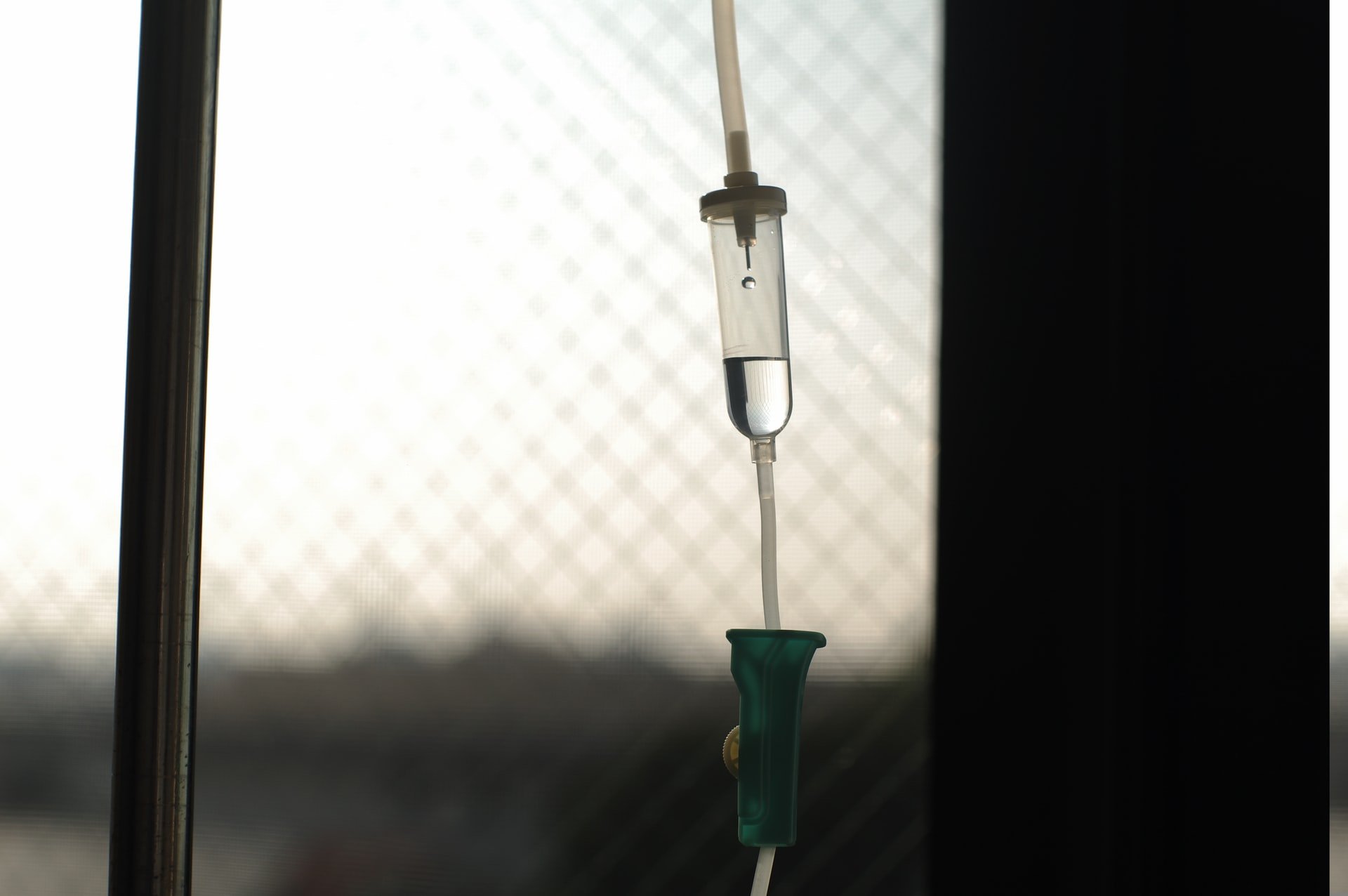There is significant confusion surrounding the regulations and certification of medical and aesthetic devices in our industry from both suppliers and customers.
In this article, I will aim to update on the latest regulations and clarify what is coming down the line, to ensure that salon and clinic owners can purchase devices with confidence.
The new Medical Device Regulation (MDR) was first introduced on May 25, 2017, marking the start of the three-year transition period from the Medical Device Directive 93/42/EEC (MDD), for manufacturers selling medical devices in Europe.
At the time, manufacturers were given three years from when the MDR was published to update their technical documentation and processes in order to meet the new requirements.
The new regulations were due to come into force in May 2020, and we would have seen a significant change in our industry. I estimate that at least 80% of the relevant device suppliers would not have been able to upgrade their certification or afford the investment to do so.
However, before the regulations came into play, Covid happened and the Government delayed the implementation of the new directive. As the threat of Covid eased, we left the EU, which totally transformed the legislative landscape.
The difference between what constitued a medical device in the MDD and what counts as one in the new MDR is quite different – here’s what you need to know.
What counts as a medical device?
Under the old MDD, a device was defined as medical using the following criteria:
“Medical device means any instrument, apparatus, appliance, software, material or other article, whether used alone or in combination, including the software intended by its manufacturer, to be used specifically for diagnostic and/or therapeutic purposes and necessary for its proper application, intended by the manufacturer to be used for human beings for the purpose of:
-diagnosis, prevention, monitoring, treatment or alleviation of disease, -diagnosis, monitoring, treatment, alleviation of or compensation for an injury or handicap, -investigation, replacement or modification of the anatomy or of a physiological process -control of conception, and which does not achieve its principal intended action in or on the human body by pharmacological, immunological or metabolic means, but which may be assisted in its function by such means….
In simple terms, if you were making a claim to treat a disease or medical indication such as acne or spider veins, the device was regarded as medical device and would therefore require a medical CE (CE marking is the medical device manufacturer’s claim that a product meets the General Safety and Performance Requirements (GSPR) of all relevant European Medical Device Regulations).
What is the current situation?
Devices are currently regulated under the Medical Devices Regulations 2002.
We are basically still where we started under the original MDD regarding medical certification if medical treatment claims are being made.
There are, however, changes afoot which will have a significant effect on all devices in our industry in the very near future.
The MHRA launched a public consultation on the future UK medical device regulations on September 16, 2021, which closed on November 25, 2021.
It now appears that, like in Europe, there will be certain non-medical and aesthetic devices that will fall under their directive and require a medical CE.
What will count as a medical device, according to new regulations?
The revised MDR that replaced the MDD covers number of devices on the market for which a manufacturer claims only an aesthetic or another non-medical purpose, but which are similar to medical devices in terms of their functioning and risk profile. For example, non-prescription coloured contact lenses carry similar risks to prescription contact lenses.
Below is the relevant extract from the consultation of the MDR, which gives a better idea of the products without a medical purpose being captured under the MDR moving forward:
- Non-prescription contact lenses or other items intended to be introduced into or onto the eye for cosmetic rather than medical purposes, including those which contain software e.g. coloured lenses, cosmetic iris implants
- Products intended to be totally introduced into the human body through surgically invasive means e.g. buttock implants, radio frequency identification (RFID) chips
- Products intended to be partially introduced into the human body through surgically invasive means e.g. microneedling products, horn implants
- Substances, combinations of substances, or items intended to be used for facial or other dermal or mucous membrane filling by injection, excluding those for tattooing e.g. dermal fillers
- Equipment (including software) intended to be used to reduce, remove or destroy adipose tissue, such as equipment for liposuction, lipolysis or lipoplasty – e.g. cryolipolysis
- High intensity electromagnetic radiation (e.g. infrared, visible light and ultra-violet) emitting equipment intended for use on the human body, including coherent and non-coherent sources, monochromatic and broad spectrum, such as lasers and intense pulsed light equipment, for skin resurfacing, tattoo or hair removal or other skin treatment e.g. hair removal lasers
- Equipment intended for brain stimulation that applies electrical currents or magnetic or electromagnetic fields that penetrate the cranium to modify neuronal activity in the brain e.g. transcranial direct current stimulation
- Diagnostic tests for health and wellbeing e.g. genomic testing for diet/nutrient optimisation, genomic testing for skin care, lactate testing for fitness training.
Within the consultation additional products such as adipose dissolving and other mesotherapy injections could be included and there are numerous injectable cocktails for various aesthetic and wellbeing purposes that could be captured.
When will the Medical Device Regulation (MDR) come into force?
Although dates are not finalised, the above list gives an early indication of the direction that the industry is moving in and many aesthetic devices will be captured under the MDR moving forward.
It is estimated that this legislation will be finalised in early 2022 and full implementation will be in 2023/24.
The message moving forward is very simple. Buyers beware. It is imperative that the companies that you are dealing with can simply demonstrate that they are moving towards compliancy if selling any of the devices referred to above.
 Roy Cowley is managing director of aesthetic device manufacturer 3D Aesthetics, an ISO 13485-certified medical supplier.
Roy Cowley is managing director of aesthetic device manufacturer 3D Aesthetics, an ISO 13485-certified medical supplier.



